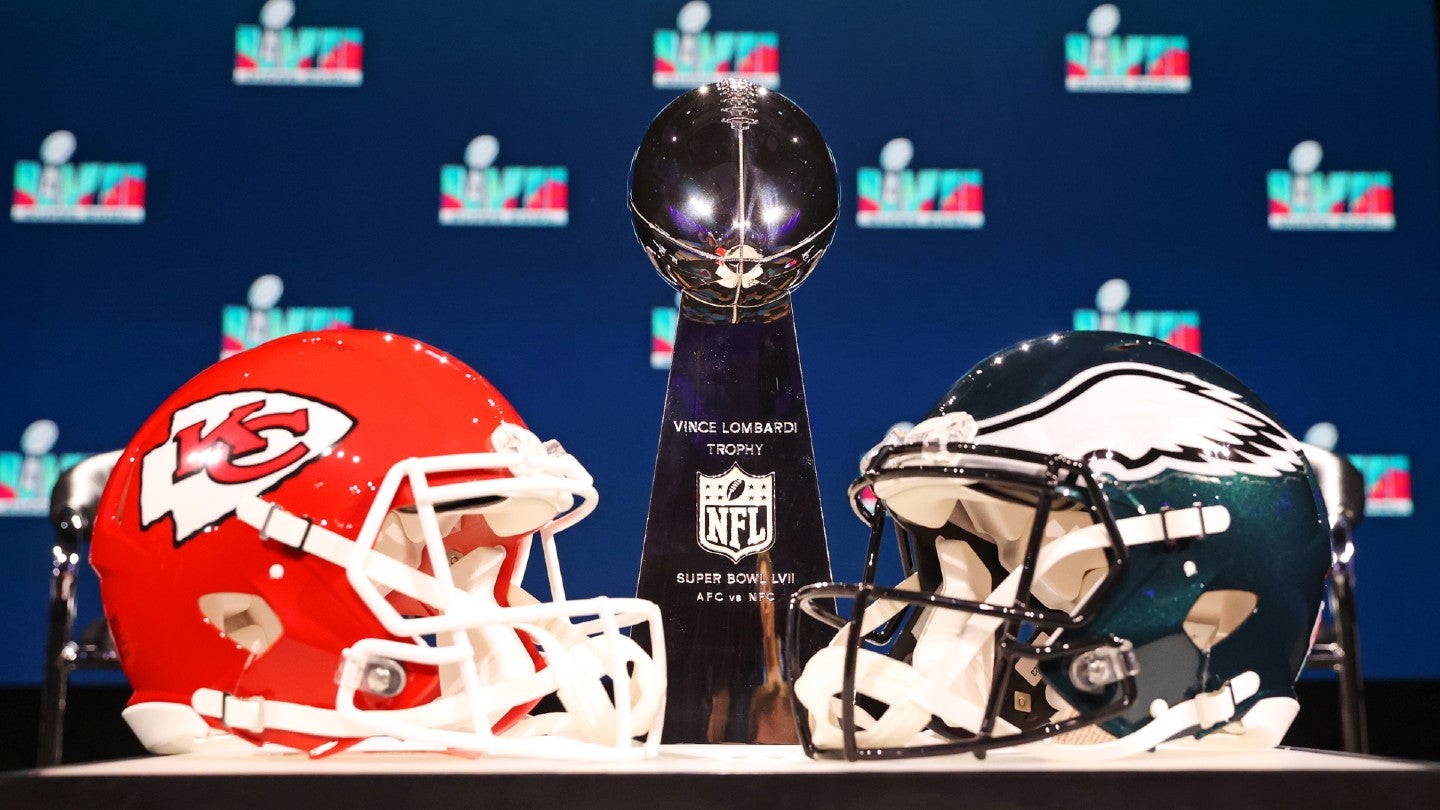
An article by Dan Carter, senior vice president for creative of Sparks Global, a global experiential marketing firm.
The Super Bowl has long been a cultural phenomenon, captivating tens of millions of viewers and serving as the ultimate stage for advertisers to reach the biggest audience possible. While 30-second TV commercials were once the gold standard, brands are now pushing boundaries, creating multi-faceted campaigns that extend far beyond the television screen.
Today's successful Super Bowl campaigns integrate digital and social media strategies and blur the line between the screen and the real world, creating memorable experiences that resonate long after the final whistle. This evolution reflects consumers' growing appetite for interactive engagement as opposed to passive viewing.
Brands extending beyond the TV slot
Several companies have masterfully combined traditional TV ads with more active or participatory experiences, setting new standards for Super Bowl marketing:
- Doritos revived its "Crash the Super Bowl" campaign, inviting fans to create their own ads. This user-generated content approach not only generated buzz but also fostered a sense of community among consumers.
- Verizon took the 2020 COVID Super Bowl stadium and recreated it in Fortnite (alongside custom engagements and in-game NFL celebrity appearances), allowing 40m+ gamers to be directly involved with the Super Bowl in a year that saw the event’s lowest-ever in-person attendance.
- Apple Music's longtime integration with the halftime show and strategic use of celebrity endorsements further exemplified the potential of non-TVC marketing during the Super Bowl.
- This year, booking.com is using its TVCs to promote the ultimate NFL fan holiday experience: a trip to New Orleans aboard the legendary Madden Cruiser, a repurposed Greyhound bus once used by football legend John Madden.
These are just some of the activations that demonstrate how brands are thinking beyond the 30-second spot to create lasting impressions, more imaginative brand promotion, and deeper connections — and memories — with their audience.

US Tariffs are shifting - will you react or anticipate?
Don’t let policy changes catch you off guard. Stay proactive with real-time data and expert analysis.
By GlobalDataGet boots on the ground
While reach is most certainly secured via the broadcast, millions of fans descend on the host city to experience the big game festival atmosphere in person, even if they don’t have a ticket. This is an audience not to be forgotten. The smartest brands are targeting them with integrated campaigns, such as:
- Last year, Frito-Lay leaned into the Las Vegas stereotypes by building a Cheesy Chapel for Cheetos, a pop-up wedding venue where guests could be legally married, with brand-themed vows to boot and the company mascot acting as the celebrant.
- Sticking with the theme of leaning into the host city vibe, Captain Morgan is renaming the world-renowned Bourbon Street in New Orleans as Rum Street, complete with bar takeovers, photo moments, treasure hunts, unique cocktails and sampling galore.
- Finally, Stella Artois elevated the traditional tailgate experience in 2020 by hosting Stella Port, a three-day, nautically inspired pop-up experience by the river in Miami that lets guests enjoy the big game in the most delightful of surroundings.
Measuring Super Bowl success
The effectiveness of these integrated campaigns is evident in engagement metrics. Viewer interaction with Super Bowl ads has significantly increased, with many consumers actively participating in brand-related conversations on social media. Importantly, brands investing in experiential marketing often see a higher return on investment compared to those relying solely on traditional TV ads. Brands that successfully use these platforms can extend the life of their Super Bowl campaigns well beyond game day, creating ongoing conversations and brand loyalty.
Where next?
As we look to the future of Super Bowl marketing, four key trends are emerging:
- Increased personalization: Brands will increasingly turn to data analytics to better tailor experiences to individual preferences.
- Virtual and hybrid experiences: With the lessons learned from recent global events, brands will continue to innovate in the digital space, creating experiences that can be enjoyed both in-person and virtually.
- Interactive storytelling: Campaigns will increasingly invite consumer participation, blurring the lines between advertising and entertainment.
- Cross-platform integration: Successful campaigns will seamlessly blend TV, digital, social, and experiential elements for greater impact.
As brands continue to innovate and push creative boundaries, the importance of crafting compelling narratives and memorable experiences remains paramount. However, success in this arena now requires more than just a clever TV spot; brands must create holistic experiences that target and inspire consumers across multiple touchpoints, making the most of technology and social media to extend their reach and impact.
As we move forward, the most successful Super Bowl campaigns will be those that not only capture attention during the game but also create lasting impressions with consumers beyond the game. In this ever-evolving landscape, marketers must continue to look for unique approaches, test new experiences, and embrace new technologies and trends to stay ahead of the curve.
The future of Super Bowl advertising is not just about being seen—it's about creating experiences that resonate, engage, and inspire. As brands continue to redefine what's possible in this space, one thing is clear: the game is changing, and the winners will be those who aren't afraid to play by new rules.



